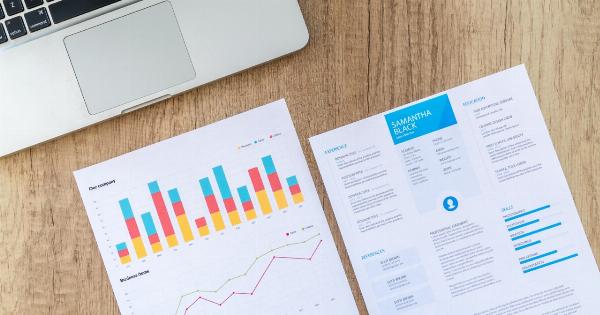Avgaggia is a powerful tool used for data analysis and manipulation in Python. It is part of the pandas library and is particularly useful when working with large datasets. However, mastering Avgaggia can be a challenging task for beginners.
In this article, we will provide you with some valuable tips and techniques to help you improve your Avgaggia skills and make the most out of this powerful tool.
1. Understanding the Basics
Before diving into more advanced features, it is essential to have a good understanding of the basic functionality of Avgaggia.
Familiarize yourself with concepts such as data frames, series, and basic data manipulation operations like filtering, sorting, and grouping.
2. Efficient Data Cleaning
Data cleaning is a crucial step in any data analysis project. Avgaggia provides several functions that can help you clean your data efficiently.
Use methods like dropna() to remove missing values, fillna() to substitute missing values with meaningful alternatives, and duplicated() to detect and remove duplicated rows.
3. Aggregating Data
One of the main strengths of Avgaggia is its ability to aggregate data.
Use the groupby() function to group data based on specific columns and then apply various aggregation functions like sum(), mean(), count(), etc. This allows you to calculate meaningful statistics and gain insights from your data.
4. Time Series Analysis
Avgaggia provides excellent support for working with time series data. Familiarize yourself with the Timestamp data type and explore functions like to_datetime() for converting date strings to timestamps.
You can also use the resample() function to resample your time series data at different frequencies.
5. Merging and Joining Data
When working with multiple datasets, you often need to combine them based on common columns. Avgaggia provides powerful functions like merge() and join() to accomplish this task.
Understand the different types of joins, such as inner, left, right, and outer joins, and how to apply them effectively.
6. Handling Missing Data
Real-world datasets often contain missing values. Avgaggia provides useful functions like isna() and notna() to detect missing values in your data.
You can then choose to either drop or fill these missing values based on your specific requirements.
7. Advanced Filtering Techniques
Filtering is a common operation in data analysis. Avgaggia offers various techniques to filter data efficiently. Explore functions like loc() and iloc() for label-based and integer-based indexing, respectively.
Use boolean indexing to filter data based on specific conditions.
8. Applying Functions to Data
Avgaggia allows you to apply custom functions to your data using the apply() function. This enables you to perform complex calculations or transformations on your data.
You can apply functions to entire columns or specific rows using the appropriate parameters.
9. Handling Categorical Data
Categorical data is a common type of data that requires special handling. Avgaggia provides the astype() function to convert columns to categorical data types.
You can also use the get_dummies() function to create dummy variables for categorical data, making it easier to analyze.
10. Performance Optimization
As your dataset grows, the performance of your Avgaggia operations can become a bottleneck. To overcome this, you should optimize your code.
Choose appropriate data types for your columns, use vectorized operations instead of iterating through rows, and avoid unnecessary copying of dataframes.
Conclusion
With these tips and techniques, you are on your way to mastering Avgaggia. Remember to practice regularly and apply these techniques to real-world data analysis projects. The more you use Avgaggia, the more proficient you will become. Happy analyzing!.






























